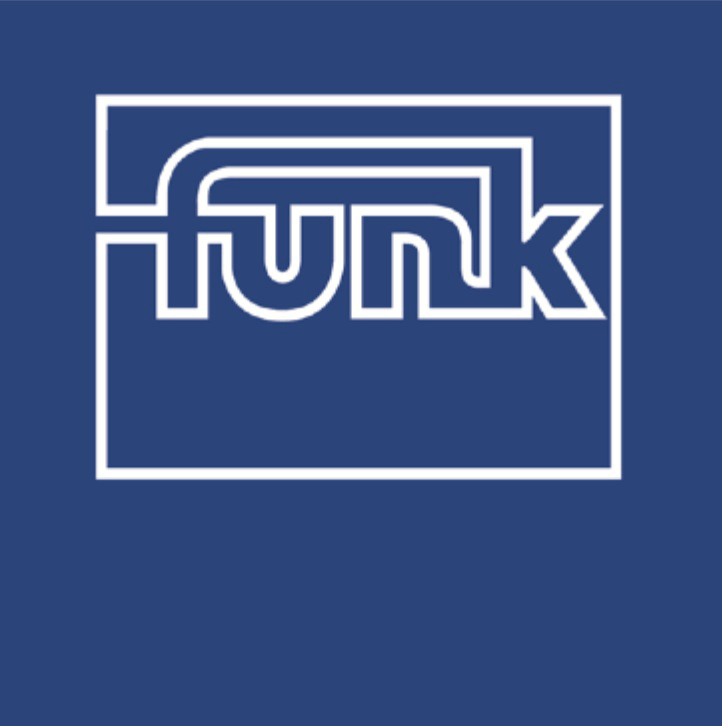Funk Group – kiwi
A new social intranet system that effectively networks 1,360 employees at 35 locations throughout Europe, manages corporate knowledge professionally and offers employees a new type of collaboration.
What is the Funk Group?

The Funk Group is the largest family-owned and operated international insurance broker and risk consultant in Germany. The fifth-generation family business was founded over 140 years ago and today employs around 1360 people at 35 locations throughout Europe. The Funk Group supports various social and sustainable projects and also has its own Funk Foundation.
Why did you look for a new intranet solution?
One of the Funk Group’s major goals is to improve employee networking with the help of a new intranet system, such as Linchpin. The company wanted to establish a more professional knowledge management system to improve the timeliness and search-ability of knowledge. The system also had to play a role in employees’ day-to-day work and not just serve as a mere news channel. In addition, quality management had to be structured transparently. Therefore, we decided to introduce a digital company manual in the wiki, which was previously a static PDF document. It was also particularly important to the Funk Group that employees in workspaces experience a new type of collaboration. One that is not just in virtual folders or drives, but that can take place in real time and in virtual rooms.
How did the project proceed?
When the project was implemented, the team included the project manager, the intranet manager, the Funk Academy, and colleagues from the IT and graphics department. In addition to a migration team and a consultant from Seibert Media. The Funk Gruppe GmbH had several important milestones during the one-and-a-half-year project. The first milestone was setting up the navigation. We wanted to create templates for the areas, product pages, and workspaces to make the system as visually uniform as possible. The Funk Gruppe is a very large company, so it is critical that no area is forgotten and that a sensible structure is developed. Another milestone was completing the digital company manual as well as creating the news concept, which determined which channels could be subscribed to and how. The next milestone in the course of the project was during the migration phase when the project team transferred the content from the old intranet to the new one. Lastly, the structure of the start page and the training concept were also important aspects of the project phase.

What was also a big goal for us was for our employees to find a new way of working together in Workspaces, which can take place in real time and in virtual spaces, rather than in folders.
How did the Linchpin system go live launch turn out?
In alignment with communication and change-management measures, there was a naming contest for the new Linchpin intranet. The employees were presented with three names, and the name with the most votes was selected – this is how the intranet ‘kiwi’ was born. The final results were presented in the internal newspaper. Furthermore, before the intranet went live, there were kick-off events, which allowed employees to get a first glimpse of ‘kiwi’ and gain an early insight into the new system. Training dates were also published shortly before ‘kiwi’ went live so that employees could register for training in advance. The Funk Group also had tutorial videos and online help directly available for the live launch. Lastly, the measures were accompanied by posters and postcards around the office.
How was the system received?
Overall, employees had a lot of positive reactions to the live event. In particular, the appearance and usability of ‘kiwi’ gathered great interest and the training provided. Employees are very motivated to use the new Linchpin system. They are providing feedback to the project team, including specific change requests that has allowed the project to develop. For example, more than 100 new workspaces have opened and the homepage has been completely restructured. Templates have been revised, apps installed, and the “Kiwi Blog” has been introduced, where tips, tricks, and frequently asked questions are regularly shared. There is also a “Content of the Week” category to draw attention to new areas or special content.
What experiences did the Funk Group gather?
During the project phase, the Funk Group had some very insightful experiences. From their perspective, it is important to put work into the authorization concept so that it is clear how the rights should be set, especially if new workspaces are opened regularly. Furthermore it is critical to involve employees in the early stages of the project, and give them insights from time to time during the project phase to obtain initial feedback. During the migration, it was important for the Funk Group to plan for sufficient effort and capacity. Power users help to transfer the knowledge of how to use the new system to the teams. In the live system launch, it is recommended to clearly divide and define responsibilities and tasks. Other very important factors are regular exchanges within the team, providing information about new developments, and supporting users in the form of training courses and specific contact persons. Information about what can happen in such a workspace and what the advantages are compared to the older structure is also significant, since this creates a sense of awareness of what the whole thing is actually good for. Another important point is collaborating closely with IT, so that a useful exchange can take place, especially when it comes to installing new settings and updates. Lastly, always remember to collect and evaluate feedback.